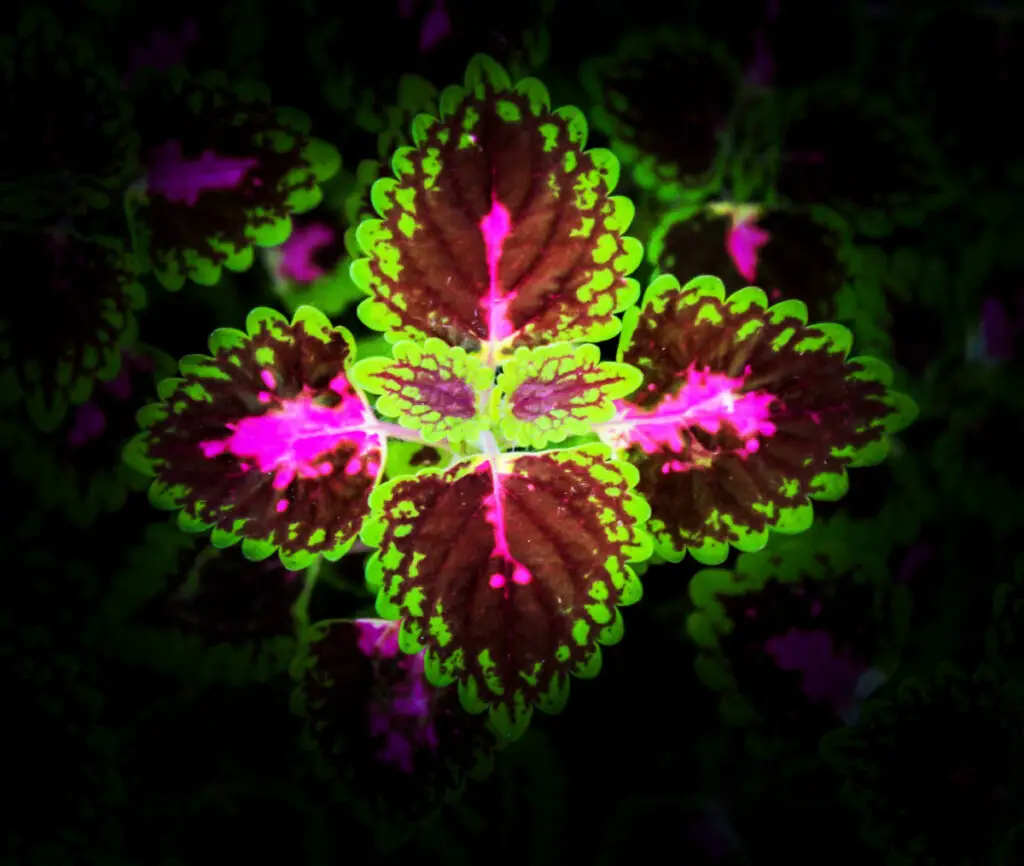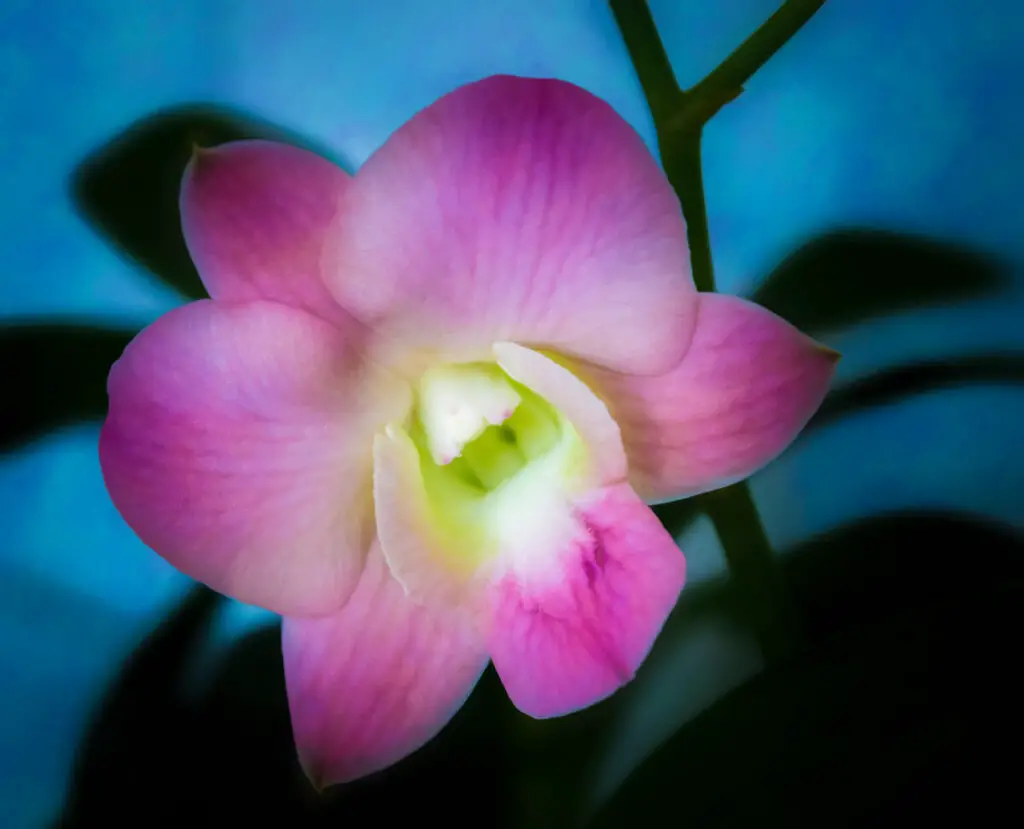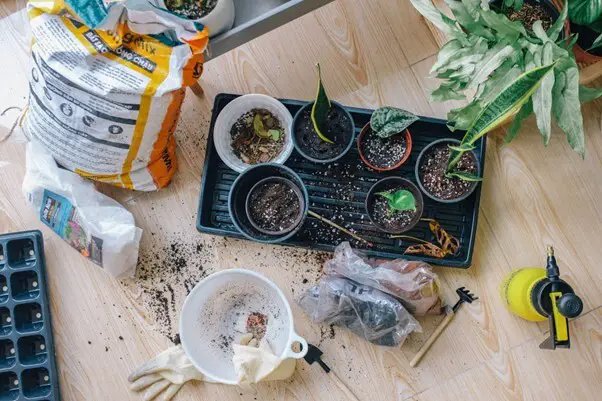|
Getting your Trinity Audio player ready...
|
Plants, trees, and flowers have an immeasurable impact on our daily lives, from the air we breathe to the food we eat. Yet, how many of us understand their environmental significance? How many of us understand what it takes to care for those in your garden? In this article we uncover the mystery surrounding the flora of the world.
We aim to equip you with everything you need to know to bring a touch of nature into your life. From the ecological benefits they provide to the mental health boost they offer, get ready to delve into a world of flora and discover why they deserve a place in your heart and garden.
If you’re ready to move to the next level, let’s get started.
What are plants, trees, and flowers?
Plants, trees, and flowers are all living organisms that make up most of what we see in nature. However, what makes each of them distinct boils down to a few specific characteristics.
Plants and their characteristics

First, let’s explore the characteristics of plants and how they differ from trees and flowers. Plants are classified as living organisms that require water, sunlight, and soil to survive. They do not have a nervous system or brain, but their leaves contain special structures called chloroplasts that allow them to capture sunlight and use it to create food.
In terms of size, plants typically range from a few centimetres to several metres in height. They come in a variety of shapes and sizes, and can be categorised into annuals, biennials, and perennials. Annuals are plants that live for one season and die each year, while biennials live for two seasons and die after their second season. Perennials, on the other hand, live for three or more seasons and can survive indefinitely.
Plants are multicellular organisms that make food through the process of photosynthesis. As such, plants play a crucial role in our ecosystem, producing oxygen and playing a major role in the food chain. Many organisms eat plants. So, plants are a major producer in the ecosystem and play a vital role in helping other organisms survive.
Common types of flora
Now that we’ve talked about the basics of plants, let’s explore some common types of plants, trees, and flowers. Plants in any environment are composed of four evolutionarily related groups:
- bryophytes (mosses),
- seedless vascular plants (ferns and horsetails),
- gymnosperms (cone bearing seed plants), and
- angiosperms (flowering seed plants).

One of the most common varieties of plants are flowering plants. These plants produce colourful flowers that attract pollinators. Examples include roses, gerberas, sunflowers, marigolds, and tulips.
Trees, on the other hand, are woody plants that can grow to great heights. Trees provide us with oxygen, food, and shelter, and they are essential for maintaining the balance of nature. Common types of trees include oak, maple, and pine.
Finally, there are herbs, which are edible plants with medicinal benefits. Common herbs include basil, thyme, and oregano.
Of all the tens of millions of plants in the world, marine phytoplankton (micro-algae) has been named the most important and most populous plant on Earth. It drifts just below the surface of most oceans and freshwater bodies. And it is considered to be earth’s original nutritional superfood which provides nearly all the Earth’s oxygen. Therefore, it is a vital food supply for marine life, making up about 25% of all vegetation on the planet. It is also unique in how quickly it can reproduce, thus a highly sustainable source of nutrition for organisms.
Because the oceans are contaminated, the purest form of marine phytoplankton is grown in specialised labs.
Comparing plants, trees, and flowers
Trees are larger than plants and flowers and can live for hundreds of years. They provide us with oxygen and absorb carbon dioxide, making them essential for maintaining a healthy environment.

Plants, in comparison, are smaller than trees and usually live for one season. They provide food, shelter, and, if large enough, shade for people and animals alike.
Flowers are the smallest of the three and usually live for four-to-eight seasons at a time. They produce beautiful colours and attract pollinators, which are essential for reproduction.
A tree and a flower differ, as a tree is considered a complete plant, whereas a flower is the organ of a plant. Although some trees produce flowers (angiosperms, like maple trees) and some trees do not (gymnosperms, like pine trees), flowers are generally grouped together on a stem for reproduction purposes.
Benefits of flora
There are three main benefits of plants, trees, and flowers:
- Ecological benefits: Oxygen, carbon dioxide absorption, and stabilising surrounding soil
- Health benefits: Air purification, stress relief, and bolstering mental health
- Economic benefits: Better agriculture, forestry, and horticulture
Plants improve the environment in a variety of ways, such as:
- releasing oxygen into the atmosphere,
- absorbing carbon dioxide,
- providing nutrients to animals, and
- regulating the water cycle.
All are functions needed to sustain life on Earth.
These benefits are what make caring for plants, trees, and flowers vital. The health and growth of plants, trees, and flowers need four core components:
- light,
- water,
- ideal temperature, and
- nutrients in the soil.
Guidelines for planting and maintaining plants, trees, and flowers

To create a successful garden, the first step is to ensure you plant and maintain your plants, trees, and flowers in the correct way. It’s as though we have to mimic nature and follow her guidance through observing how she does it.
When planting, check to make sure the area is well-drained and free of any weeds. Only when you have prepared the ground, can you plant.
Next is maintenance. Water regularly, keep weeds away, and prune as needed. Then fertilise your plants and trees to help them thrive.
Misjudging sunlight is a common pitfall when people first learn how to tend to plant life. Pay attention to how sunlight plays through your yard, garden, or outdoor space before choosing where to plant your vegetation. Most edible plants, including vegetables, herbs, and fruits, need at least six hours of sun per day in order to thrive.
But don’t just care for plant life in your garden. Caring for nearby flora helps our ecosystems. Think of it as rewarding Mother Earth for teaching us what to do.
Choosing the right Flora for your Garden
When it comes to selecting the right plants, trees, and flowers for your garden, you should consider the climate and conditions in your area. For example, if you live in a hot and dry climate, you may want to opt for plants that are drought-tolerant, such as succulents. In the UK, for example, which is mainly wet and temperate, you may opt for perennials that thrive in wet conditions.
It’s also important to consider the size of your garden and how much space you have available. If you have a small area, you may want to lean towards smaller plants, such as herbs and shrubs, while big gardens can accommodate larger trees and bushes.
Suitable plants, flowers, and trees for each type of climate include:
- For Dry conditions: Coneflower, catmint, succulents, liquorice, and rosemary
- For Wet conditions: Lily of the Valley, Evergreen trees, Blue Vervain, Iris, and Water Lettuce
Apart from climate, it’s also worth factoring in ornamental value (as in, how visually appealing you find a certain plant, flower, or tree), blooming patterns (when and for how long it blooms), and growth habits (how easy or difficult it is to grow).
Final thoughts
The world of plants, trees, and flowers is rich and diverse, and it offers a wealth of benefits that we often take for granted. Whether at home or in the wild, plants, trees, and flowers maintain the delicate balance of our ecosystem. And the simple joy they bring makes each plant wonder a stunning gift of nature.
If you are an amateur gardener, by following the guidelines and tips outlined in this article, you’ll be well on your way to creating a thriving garden filled with the beauty and wonders of nature.
Let’s embrace the power of plants, celebrate the majesty of trees, and bask in the glory of flowers.
After all, who wouldn’t want a little bit of greenery in their life?
FAQs
What are the main differences between plants, trees, and flowers?
Plants are living organisms that contain chlorophyll, which enables them to photosynthesise. Trees are a type of plant that have a single, perennial stem or trunk that supports branches and leaves. Flowers are a type of plant that have specialised reproductive structures used for reproduction and seed dispersal.
What are the benefits of having plants, trees, and flowers in our daily lives?
Having plants, trees, and flowers in our daily lives provides many benefits, including improved air quality, increased mental health, and a boost to local economies through agriculture and horticulture.
What are some basic guidelines for planting and maintaining plants, trees, and flowers?
Some basic guidelines for planting and maintaining plants, trees, and flowers include choosing the right plants for the climate and soil, providing sufficient light and water, and avoiding over-fertilisation.
How do I choose the right plants, trees, and flowers for my garden?
When choosing plants, trees, and flowers for your garden, consider factors such as climate, soil, and the amount of light available. You should also take into account the growth habits, blooming patterns, and ornamental value of the plants.
What makes plant life so important to life on Earth?
Plants, trees, and flowers provide us with a significant amount of the ingredients we need to make our medicines. They are also what we use as building materials, fuel, and crucial soil fertilisation.
What are the 4 main characteristics of plants?
The four main characteristics of plants are photosynthesis, cuticle, cell walls, and reproduction.
What traits are common to all plants (including trees and flowers?)
- They are multicellular eukaryotes
- They have a specialised reproductive organ
- They produce food through photosynthesis
- Life is not possible without plants
Which characteristics make plants differ from animals?
- Plants do not move, unlike animals.
- Plants produce their food, while animals and other organisms depend on plants for food.
- Plants have chlorophyll, while animals do not have chlorophyll.
- Plants give out oxygen and take in carbon dioxide. Animals take in oxygen and give out carbon dioxide.
- Plants do not have a limit to growth; however, animals grow only for a specific period.
- Plants excrete waste through gas and vapour, whereas animals excrete it through uric acid, urea, and ammonia.


